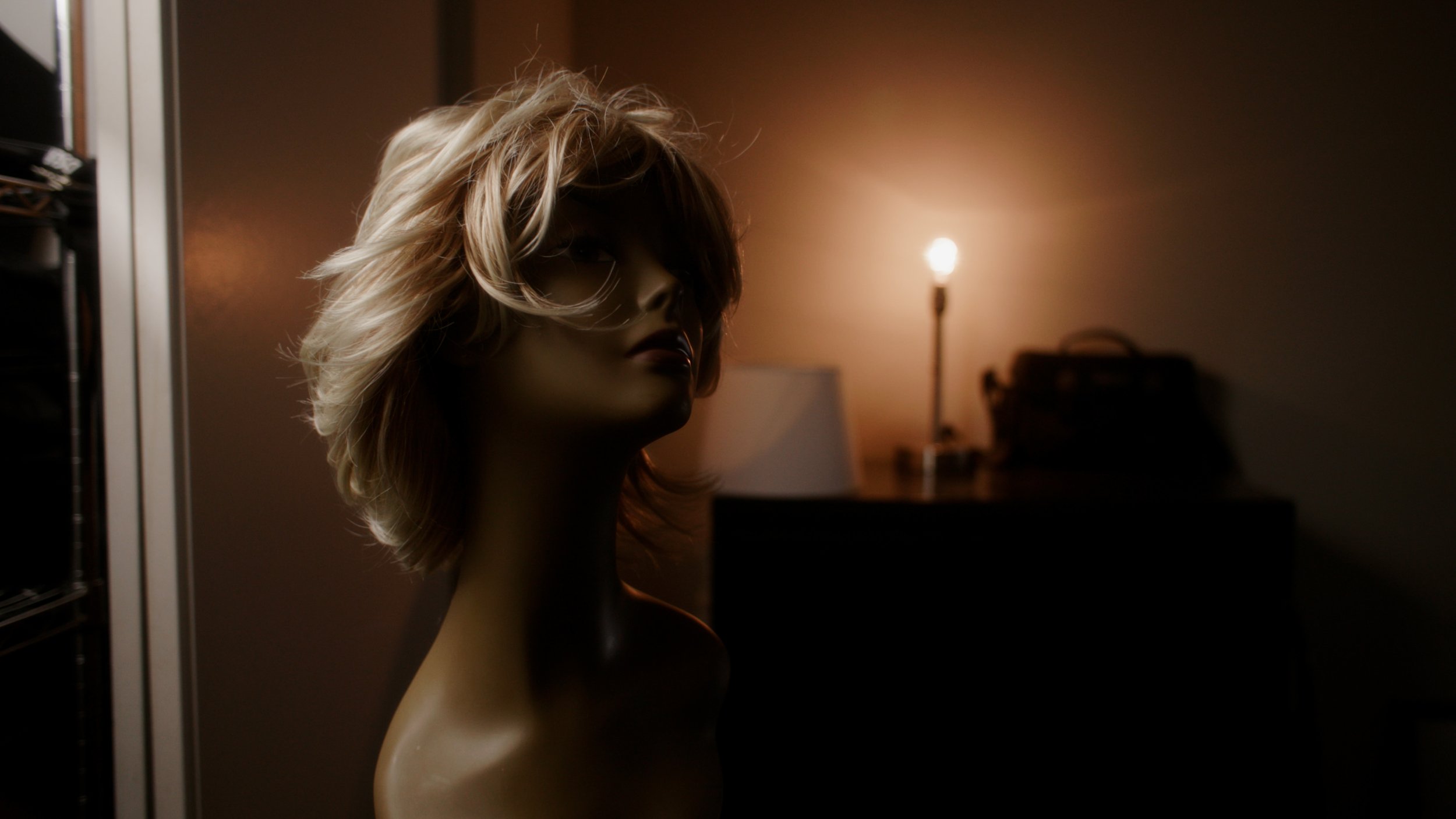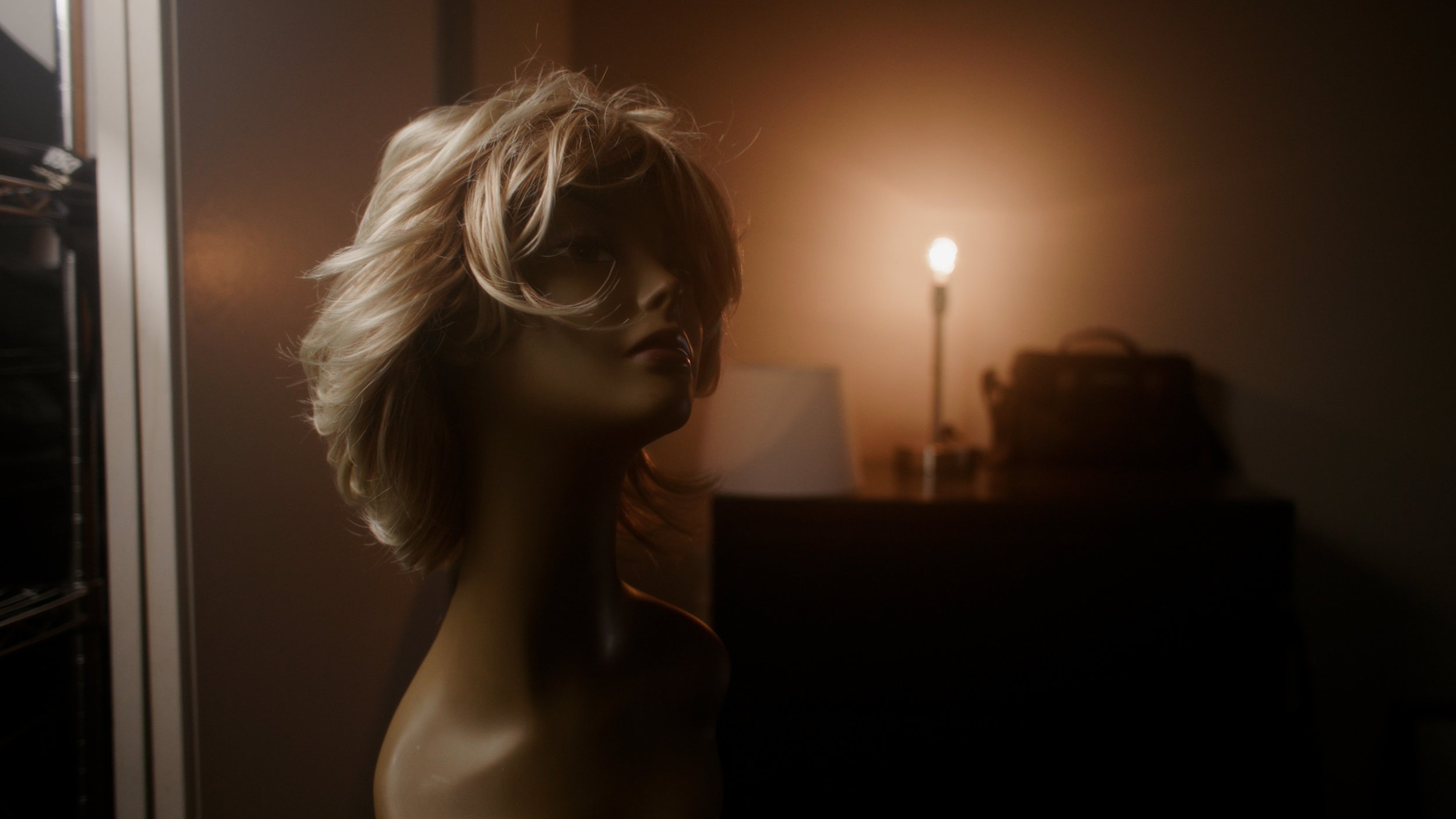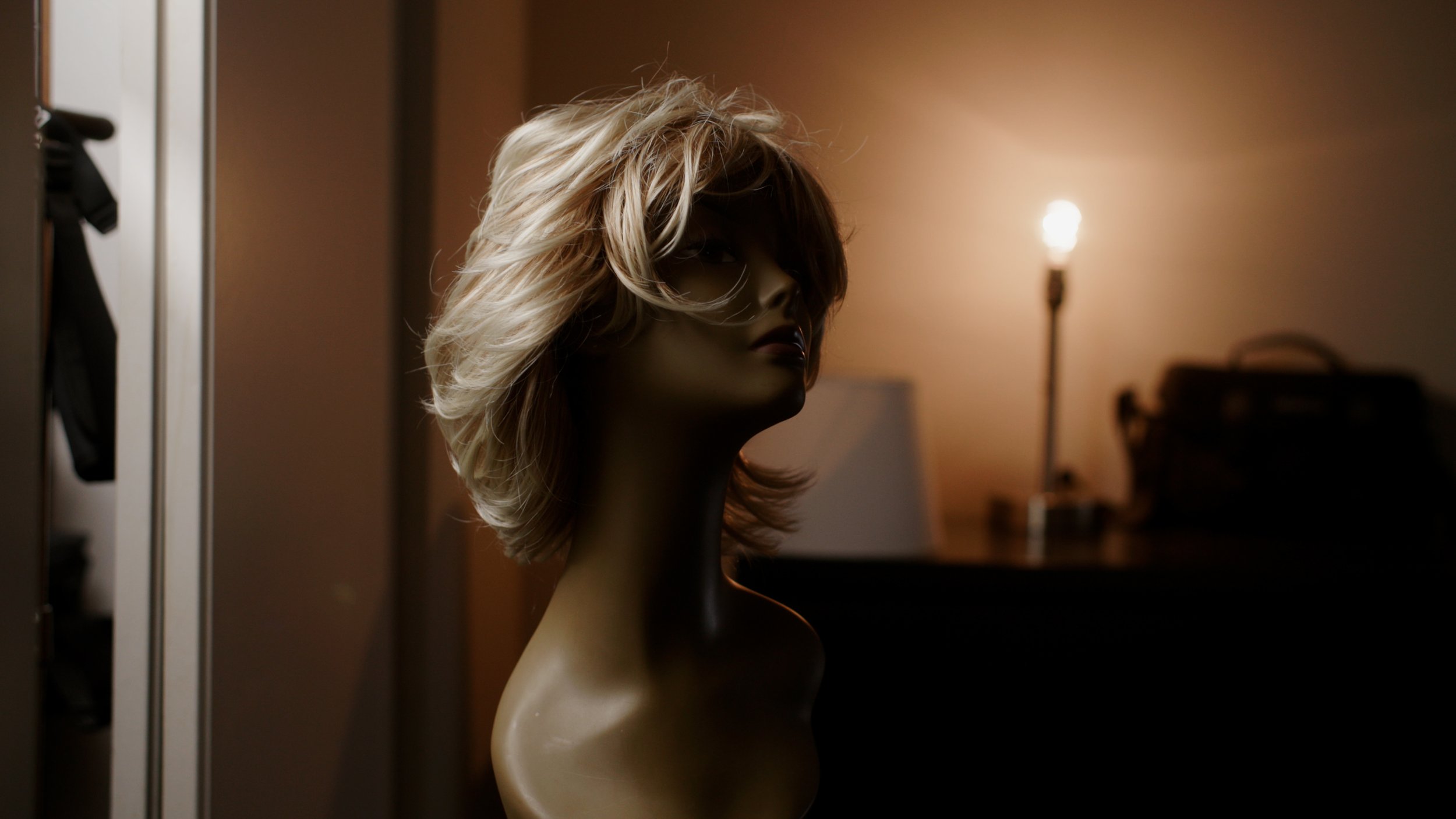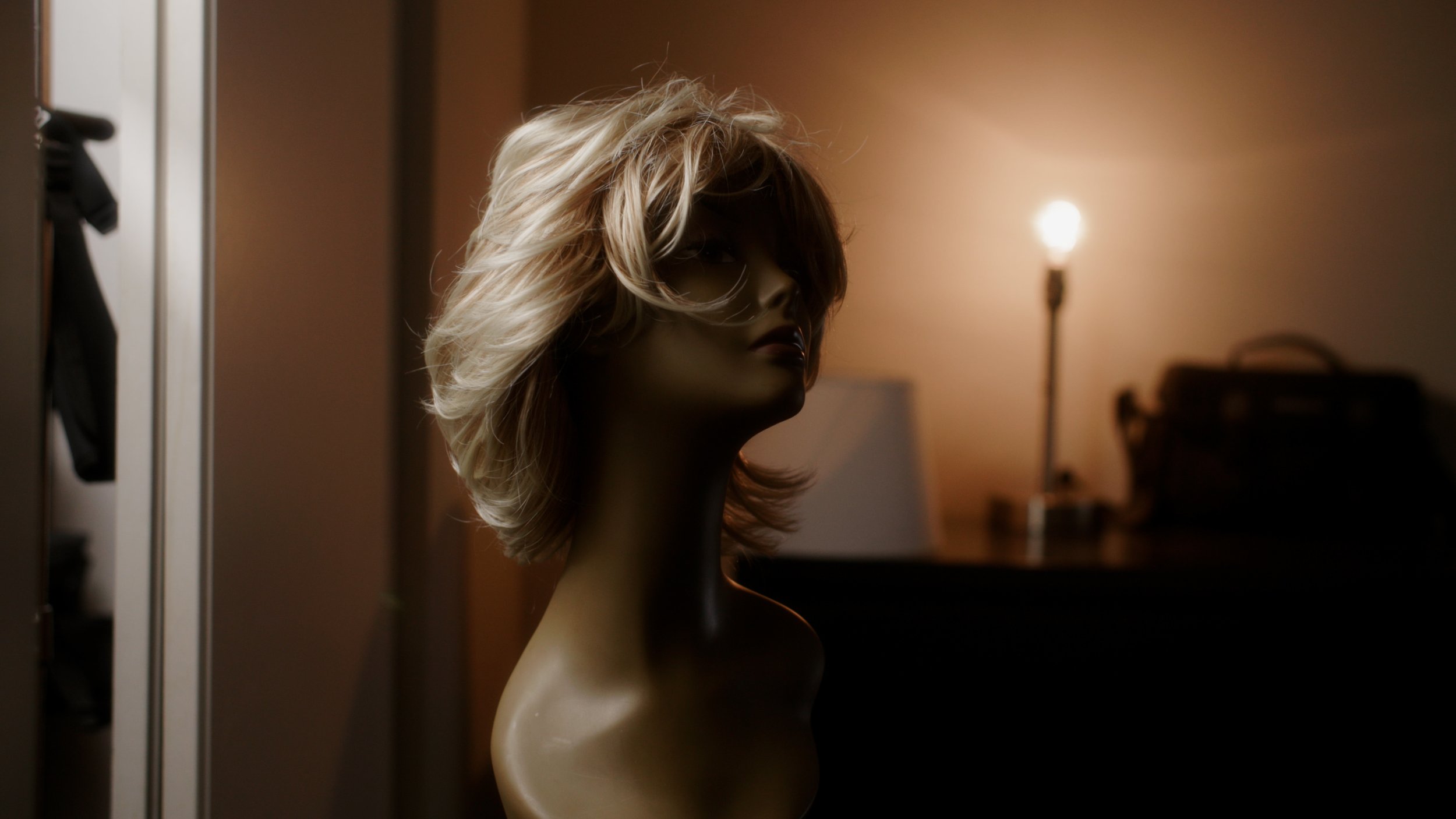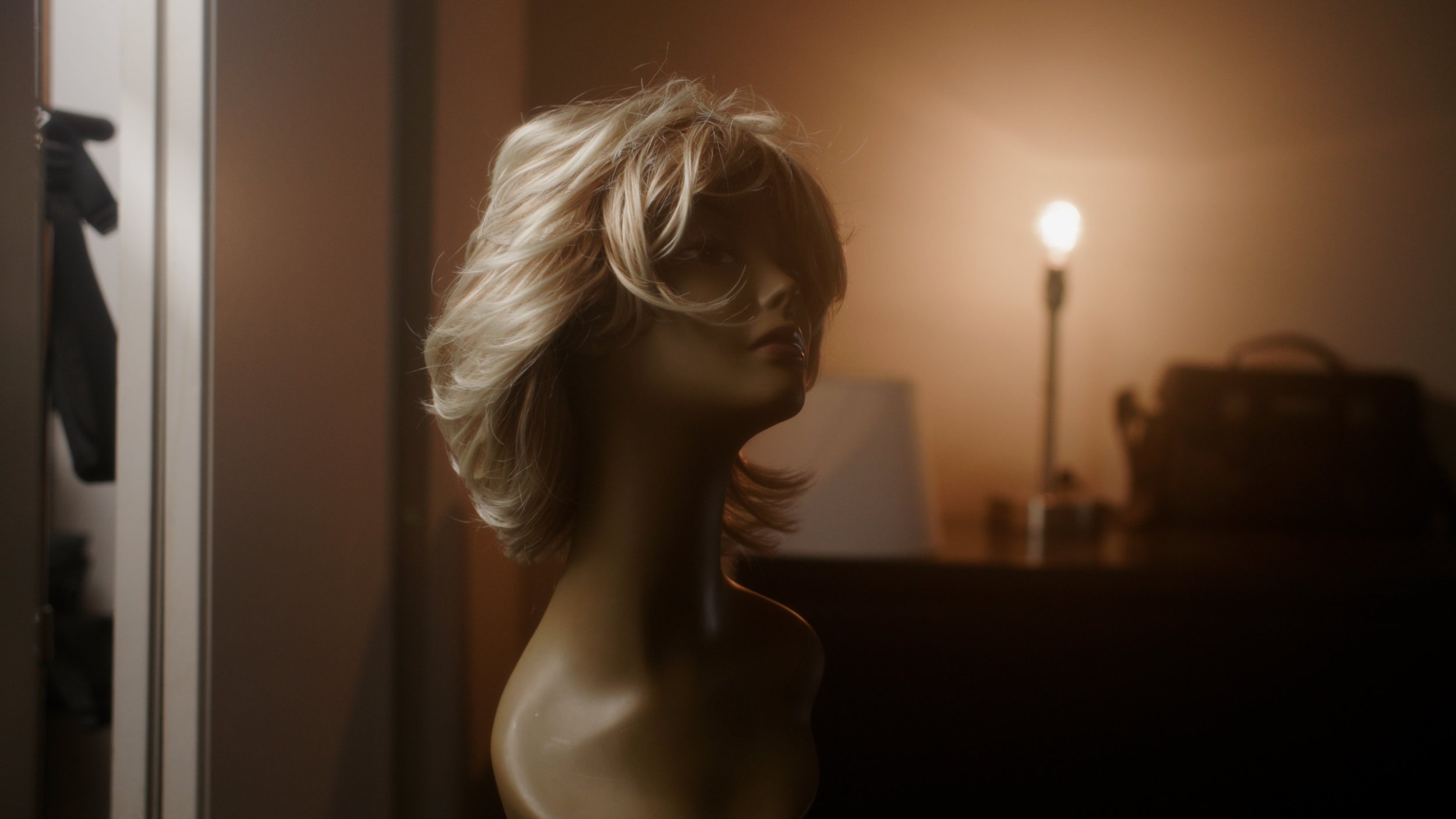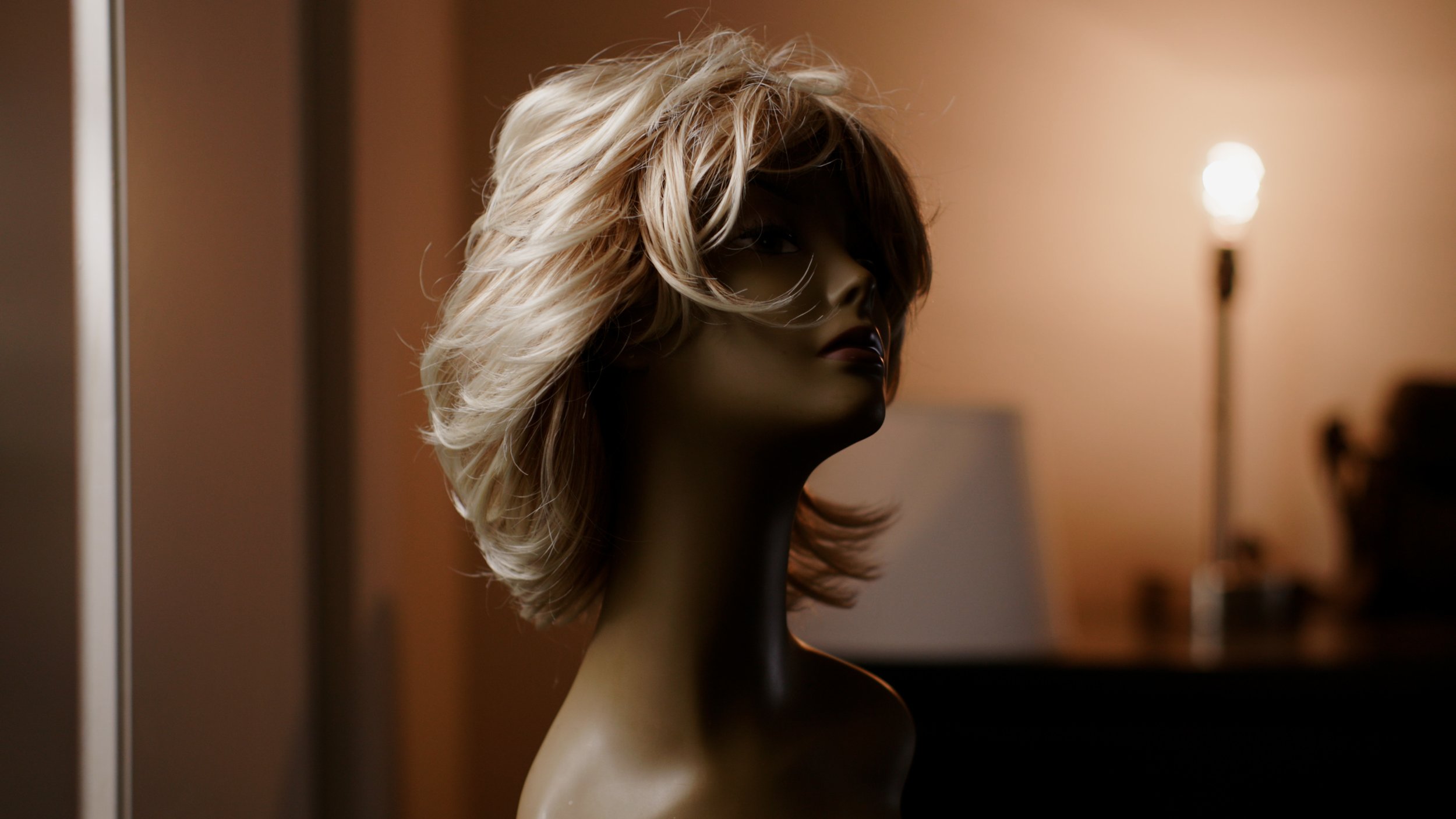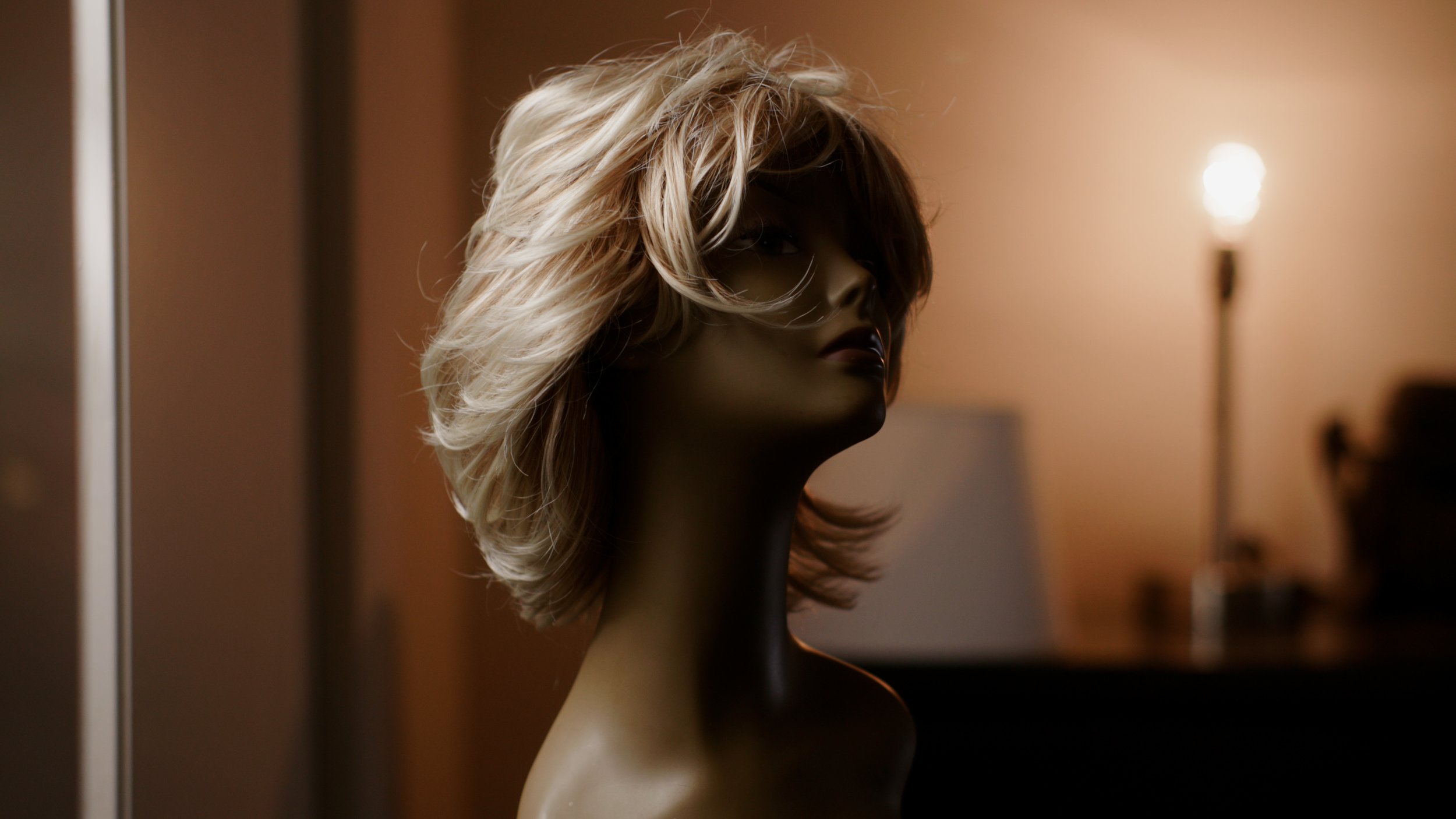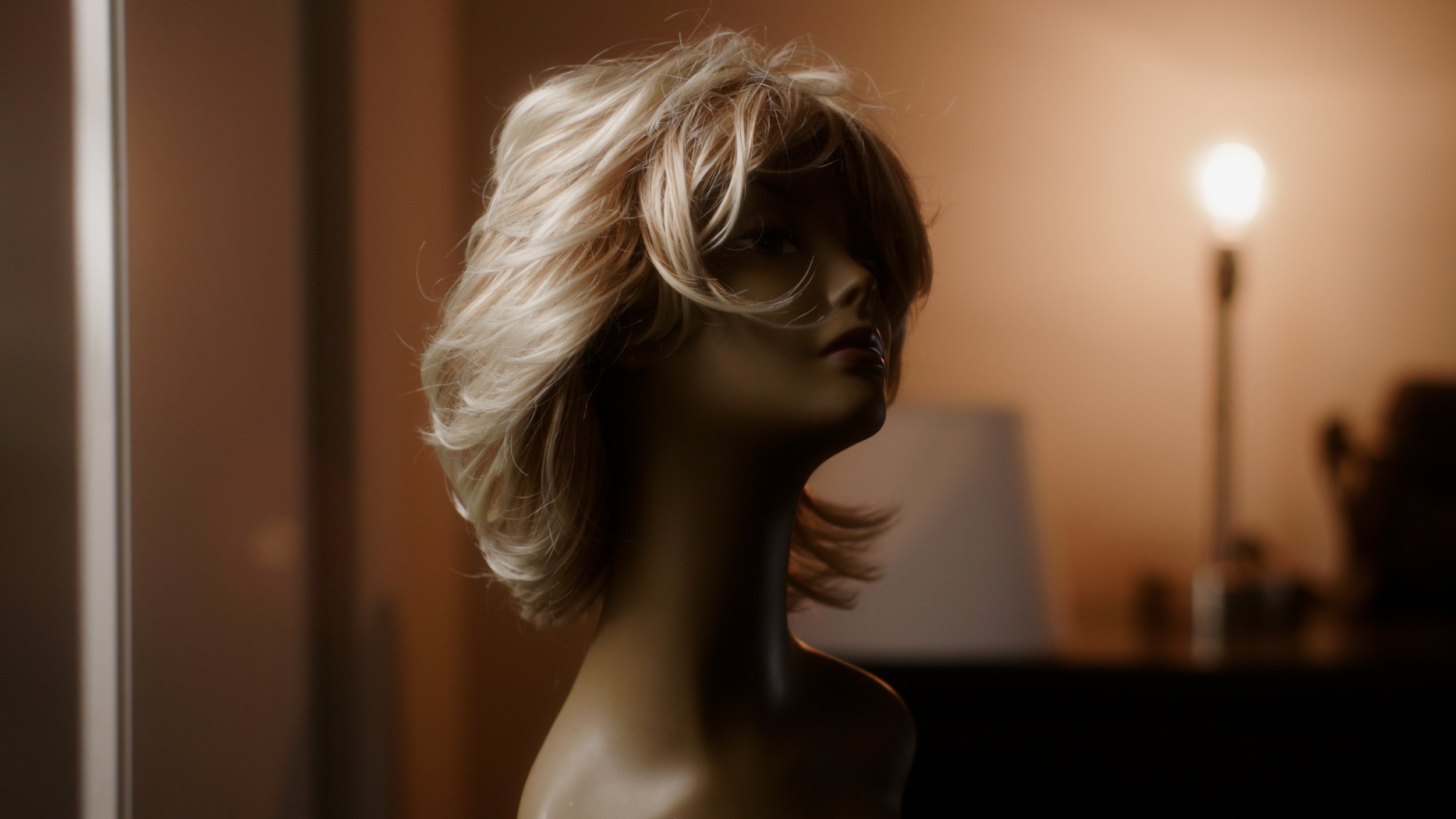I have been enjoying still photography on film a lot lately, but I’ve never shot motion picture film. Now that cameras can be had for relatively little money, I wanted to get a sense of the true costs of development and scanning, and how the formats compare based on cost.
This is by no means an exhaustive list. It is just to get a sense of what is available, and how much it costs. I picked a baseline Kodak stock that every dealer should have. There are also quite a few different businesses that can develop motion picture film, undoubtedly offering variations in quality, service, promotions, and bulk rates.
With that in mind, here’s how I broke it down:
SUPER-8
Kodak Vision3 50D Color Negative Film, 50ft (2:46 of “recording” time at 24fps)
B&H: $31.95/cart + shipping
Adorama: $35.94/cart + shipping
FilmPhotographyStore.com: $32.99/cart + shipping
NW Film Center: $29/cart (local, pick up only)
Pro8mm: $76.26/cart + (package deal; includes processing and 2K scan; free shipping with Amazon Prime)
Processing & 2K Scan
Cinelab: $45 + shipping
NW Film Center: $52 (1080 only; local pickup only)
Yale Film and Video: $125 + shipping
FilmPhotographyStore.com: $55.00 + shipping
Pro8mm: $76.26 + shipping (package deal; includes film and one-way development shipping)
Most affordable: NW Film Center (local, so no shipping charges) = $81/cart with no shipping ($29.28/minute)
If you’re not local to Portland, then buying Pro8mm’s 50’ S8 cart from Amazon seems like the lowest price: $76.26 + return shipping. If we guess $8 for return shipping, then that’s $84.26 ($30.46/minute).
16MM/SUPER-16
Kodak Vision3 50D Color Negative Film, 100ft (2:45 of “recording” time at 24fps)
B&H: $49.95 (free shipping)
Adorama: $52.95 (free shipping)
FilmPhotographyStore.com: $53.99 + shipping
NW Film Center: $45 (local, pick up only)
Pro8mm: $125 + shipping (package deal; includes film and one-way development shipping)
Processing & 2K Scan
Cinelab: $65 + shipping (1080P; 2K Log is $115)
NW Film Center: $53 (1080 only; local pickup only)
Yale Film and Video: $125 + shipping
FilmPhotographyStore.com: $80.00 + shipping
Pro8mm: $125 + shipping (package deal; includes film and one-way development shipping)
Most affordable: Again, the NW Film Center (local, no shipping charges) = $98/roll with no shipping ($35.64/minute). EDIT: I’ve since learned that NW Film Center is sending film off to CineLab and Spectra, probably to help people take advantage of batch discounts.
If you’re not local to Portland, then buying film from B&H and developing at Cinelab comes to $114.95 + shipping. If shipping is $16, then the total cost would be $130.95 ($75.60/minute). For 3-4 dollars more, Pro8mm offers a 2K Log scan, which in my opinion would be the better deal.
Feel free to check my math, and let me know if there are any other resources that i should be thinking about here.
The big surprise for me is that at their lowest prices, developing and scanning 16mm film is only about 20% more expensive than Super8. It’s really not that much of a difference for the increase in resolution of 16mm. You can always order a 4K scan of your Super8 film to close the gap a little but once you factor in a 4K scan, 16mm actually costs quite a bit less.
There is another format that I learned about that can bring bigger cost savings: Double Super 8mm. With a format that stacks S8 exposures on 16mm film, you can get down to a little under $20/minute if you take advantage of Pro8mm’s package deal (apparently we have them to thank for pushing Kodak to bring this older format back). But this pricing only happens with their 100’ film package, and most of the DS8 cameras available shoot only 33’ of film. The ones that do shoot 100’ of film are quite pricey and would probably only make sense for dedicated super 8 filmmakers who shoot enough film to recoup these upfront costs.



